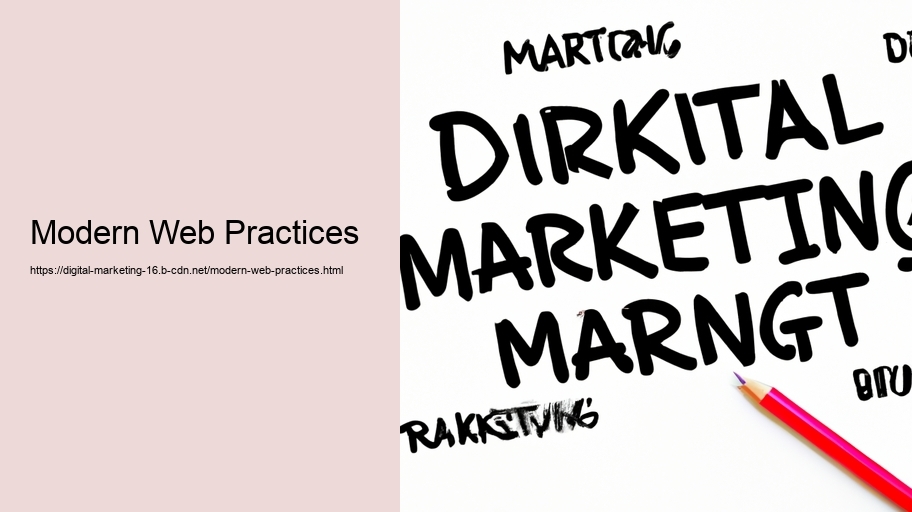Modern Web Practices: An Essay
The landscape of web development has been in a state of perpetual evolution since the inception of the internet. Today, modern web practices represent a confluence of design, technology, and user experience methodologies that aim to create websites and applications that are not only aesthetically pleasing but also highly functional, accessible, and secure. In this essay, we will explore the multiple facets of modern web practices, including responsive design, user-centered design, performance optimization, security measures, and the adoption of new technologies.
Responsive Design:
One of the most crucial aspects of modern web practices is responsive design. With the advent of smartphones and tablets, the internet is no longer accessed solely from desktop computers. Responsive design ensures that websites adapt seamlessly to the varying screen sizes and resolutions of different devices. This fluidity is achieved through flexible grid layouts, media queries, and scalable graphics. The result is an optimal viewing experience for users, whether they are on a phone, tablet, or desktop.
User-Centered Design:
At the heart of modern web practices is the principle of user-centered design (UCD). UCD is a process where designers focus on the users and their needs at every phase of the design process. This approach involves user research, usability testing, and iterative design to create intuitive and easy-to-navigate websites. By placing the user's experience at the forefront, websites can achieve higher engagement, satisfaction, and accessibility for people with diverse abilities.
Performance Optimization:
In a world where attention spans are short and competition is intense, website performance has become paramount. Modern web practices prioritize the speed and efficiency of websites. Developers employ techniques such as code minification, image optimization, and content delivery networks (CDNs) to reduce load times. Additionally, the use of progressive web apps (PWAs) that combine the best of web and mobile apps for offline usage and lightning-fast loading has become a significant trend.
Security Measures:
Cybersecurity threats are constantly evolving, making web security a top priority in modern web practices. Developers must be vigilant and proactive in protecting user data and ensuring safe transactions. This includes implementing HTTPS with SSL/TLS encryption, safeguarding against SQL injection and cross-site scripting (XSS) attacks, and staying updated with the latest security patches. A secure website not only protects users but also builds trust and credibility.
Adoption of New Technologies:
Modern web practices are characterized by the willingness to adopt and integrate new technologies. The rise of frameworks and libraries such as React, Angular, and Vue.js has transformed the way developers build dynamic and single-page applications. Moreover, advancements in artificial intelligence and machine learning are beginning to influence web development, allowing for more personalized user experiences and intelligent chatbots that can interact with users in real-time.
Accessibility:
A modern website must be accessible to all users, regardless of their abilities or disabilities. This means complying with Web Content Accessibility Guidelines (WCAG) and ensuring that websites are navigable and understandable for users with visual, auditory, motor, or cognitive impairments. Accessibility practices include proper use of HTML semantic elements, alternative text for images, and keyboard navigation support.
Conclusion:
Modern web practices are a testament to the dynamic and user-centric world of web development. As technology progresses and user expectations rise, developers and designers must continue to embrace new techniques and philosophies. Whether it's through responsive design, user-centered approaches, performance optimization, robust security measures, or the integration of cutting-edge technologies, the goal remains the same: to deliver powerful, accessible, and engaging online experiences that meet the needs of a diverse and global audience. The future of the web is exciting and demands a commitment to continuous learning and improvement from those who craft it.
